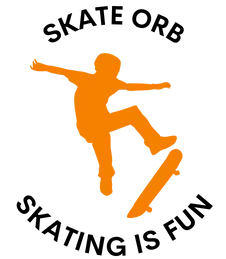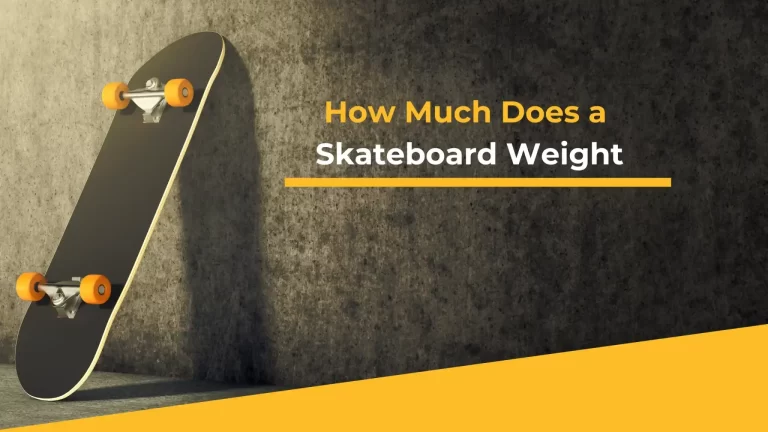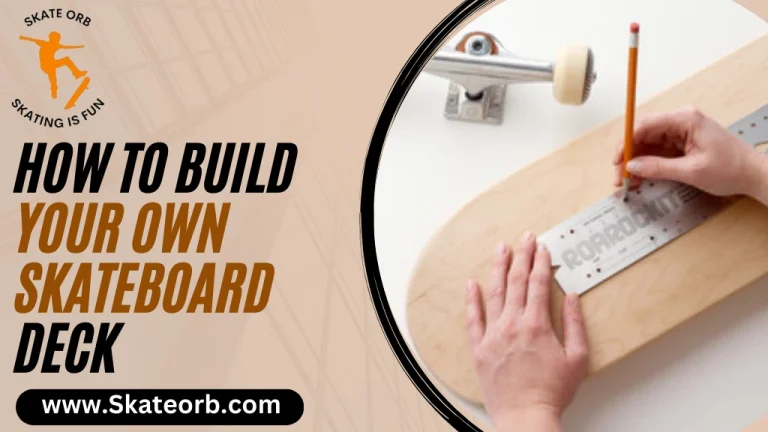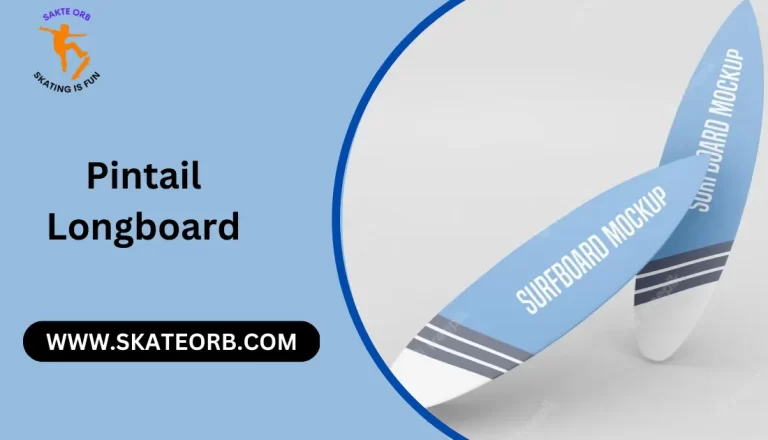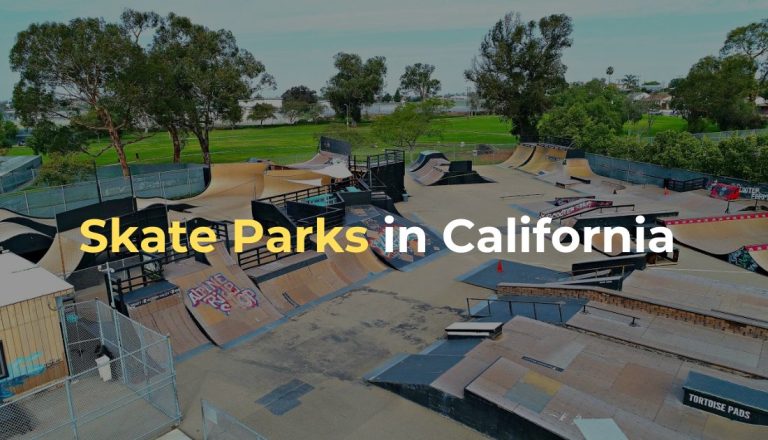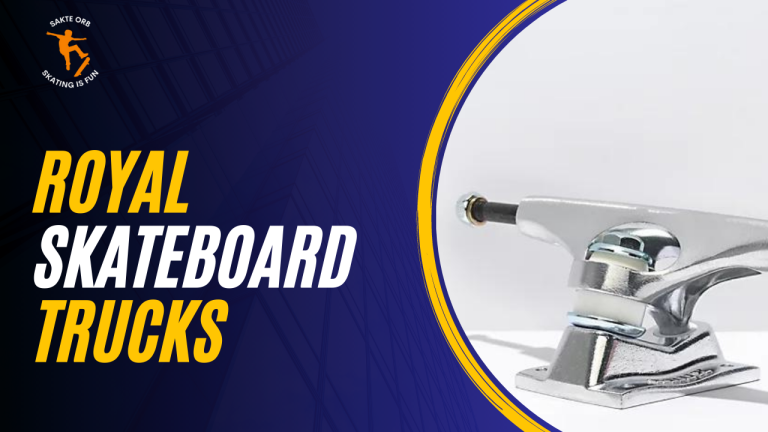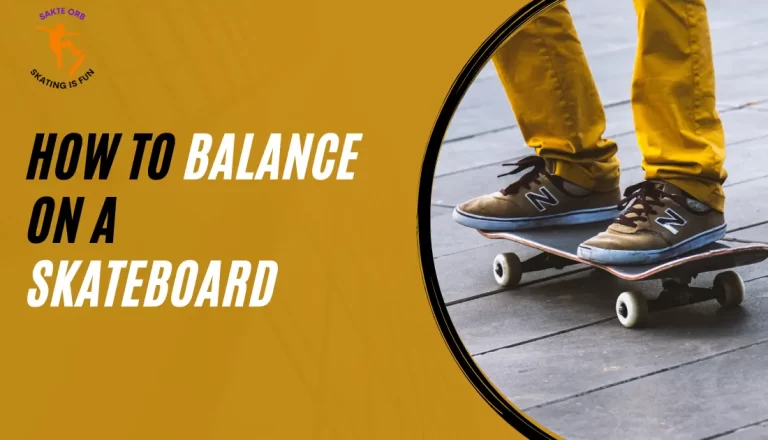How to turn skateboard A Complete Guide for Beginners
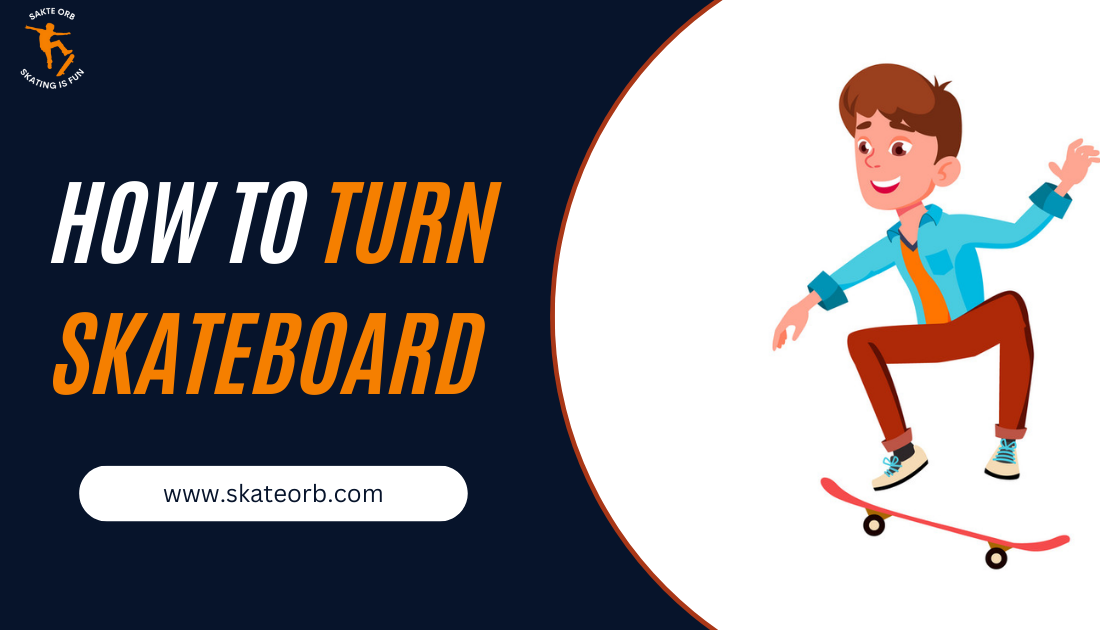
Some of the skating fundamentals, how to turn a skateboard is the most essential one. Once you go through the process of balancing yourself while riding on skateboard, the next thing you need to master is how to turn on a skateboard.
To turn a skateboard, you need to:
- Turn the board in the desired direction by redistributing your weight over the front truck.
- Turn the board with your front foot while using your back foot to drive the tail in the appropriate direction.
- Practice various turning methods like carving, slashing, and pumping.
With continuous practice one can learn that how to turn skateboard.
Turning skateboard:
To turn skateboard, you need to:
- Weight-shift to the front truck.
- To turn the tail, use your back foot to push it in that direction.
- Use both feet to turn the board in the desired direction.
- To develop your talents, try out various turning methods like cutting, slashing, and pumping.
One can learn skateboard turning to practice the above-mentioned points.
How to turn on skateboard?
- Shift your weight over the front pickup to turn on a skateboard. To turn the tail, use your back foot to push it in that direction.
- By adjusting your weight and turning the board with both feet, you can.
- To develop your talents, try out various turning methods like cutting, slashing, and pumping.
Why won’t my skateboard turn?
There could be several reasons why your skateboard won’t turn:
- Incorrect truck tightness: turning can be hampered by trucks that are either too tight or too loose.
- Bushings that are worn out can create resistance when turning.
- Insufficient weight distribution can prohibit the board from turning if there is not enough weight on the front truck.
- Inappropriate foot placement: Inappropriate foot placement might make it difficult to turn the board.
- A muddy or rough surface can increase friction, which makes it more difficult to turn.
- Check for worn-out bushings and try tightening your trucks if your skateboard won’t turn. Make careful to properly balance your weight and plant your feet on the deck. Additionally, cleaning the deck might make it better.
How to turn on skates?
To turn on inline skates or roller skates you can:
- Put more of your weight on the skate’s outside edge as you turn it.
- To begin moving in the direction you want to turn, push off with your other foot.
- To maintain balance, keep your knees bent and your body at ease.
- To hone your skills, try out various turning tactics including hockey stops and plough stops. This is how to turn skateboard.
How to Steer Skateboard?
To steer a skateboard, you need to:
- Weight-shift to the front truck.
- To turn the tail, use your back foot to push it in that direction.
- By redistributing your weight and using both feet, you may turn the board in the desired direction.
- To develop your talents, try out various turning methods like cutting, slashing, and pumping.
The mentioned points can help you learn how to steer a skateboard.
Kick Turn Skateboard:
- On a skateboard, a kick turn is a 180-degree turn that is performed without pausing or putting your foot down. Move your weight over the board’s tail in order to execute a kick turn.
- If you want to turn, kick the tail in that direction.
- Put your front foot in a pivot and put your weight over the front truck as the tail kicks.
- Riding in a new direction, keep going.
- On a flat surface, practice the kick turn until you can do it effortlessly.
Are Skateboard Wheels Supposed to be Loose for smooth turning?
Wheels on skateboards shouldn’t be excessively tight or loose. “Medium tightness” is the term used to describe the appropriate tightness for skateboard trucks and wheels. A suitable balance of stability and maneuverability is therefore made possible. Your skateboard could be unstable and difficult to steer if the wheels are too slack. Your skateboard could be overly rigid and slow to react to your motions if the wheels are too tight. You can use a skate tool to tighten or loosen the kingpin nut to change the tightness of your trucks and wheels. It’s crucial to determine the tightness that suits your riding style and you the best.
How to Stop on a Skate Board after Learning How to Turn?
To stop on a skateboard, you can use the following methods:
Footbrake: To slow down and eventually stop, drag your back foot along the ground.
Carving: To progressively slow down, make broad, sweeping curves.
Plow stop: Slow down by turning your feet outward to produce drag.
Turn the board 180 degrees, then reposition yourself to ride in the opposite way.
T-stop: Drag one foot while maintaining the other foot’s stance in the forward motion.
It’s crucial to practice these stopping methods on a flat surface until you can do it without jerking and maintain control of your speed.
Basics of Skating
The basics of skating (inline skates or roller skates) include:
Balance: Keep your knees slightly bent and your weight evenly distributed over your skates.
Using your legs, move forward using forward momentum. To slow down and stop, employ methods like footbraking, carving, plough stops, and t-stops.
turning: To turn in the desired direction, shift your weight and use your feet.
Wear safety equipment, including a helmet, wrist guards, elbow pads, and knee pads.
Starting out slowly and honing your balance and control on a flat surface will help you feel more at ease and confident. You can experiment with more sophisticated strategies as you improve and skate in various settings.
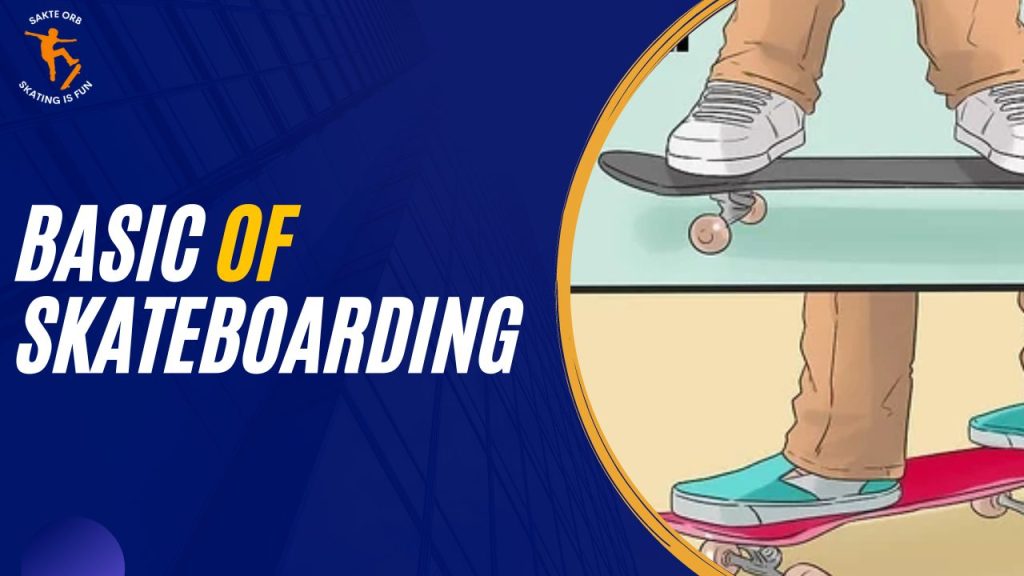
Is Skateboarding Hard?
Skateboarding can be difficult, particularly for newcomers. On a skateboard, developing balance, coordination, and control takes time, practise, and patience. There are also other tactics and tricks that can be challenging to learn. Skateboarding, though, can also be a tonne of fun and gratifying, especially as you advance and get more board control. Depending on your individual degree of physical fitness, coordination, and willpower, skateboarding may or may not be challenging. You can learn to skateboard and have fun doing it if you are prepared to put in the time and effort.
Skateboard Moving:
To move forward on a skateboard, you need to:
Find your balance while standing on the board with both feet.
Start rolling with one foot by pushing off.
In order to stay balanced and keep your pace under control, switch your weight from one foot to the other.
To improve your speed and control, experiment with different techniques including pumping and carving.
Starting slowly and honing your balance and control on a flat surface can help you become comfortable and proficient. You can experiment with more sophisticated approaches and skate in various settings as you advance.
Conclusion:
Finally, weight shifting and pressure on the tail are both necessary for turning a skateboard. Finding the ideal balance for a controlled and seamless turn takes practice and experimenting. Always wear safety equipment, and practice in a secure setting, it’s important to remember.
With the consistent mindset and positive attitude one can learn the desire skills. When one continously practice one can learn how to turn skateboard.
FAQs about How to turn skateboard
How do you turn a skateboard properly?
Follow these instructions to properly spin a skateboard.
Starting off straight, pick up pace.
Put more weight on your rear foot.
With your back foot, press down on the board’s tail in the direction you wish to turn.
Lean your body towards the direction you want to turn while doing so.
If necessary, steer the direction of the turn using your front foot.
Keep your balance over the centre of the deck while keeping your knees slightly bent.
You should keep practising until you can turn and regulate your speed with ease.
Always keep in mind that turning is a dynamic, fluid motion that takes work to master. As you feel more comfortable, increase speed gradually. Always practise in a safe environment and with protective gear.
How do you make it easier to turn on a skateboard?
The following advice can help you switch on a skateboard more easily:
Pick the appropriate deck: A deck that is shorter and wider often turns more easily since it can move about more easily.
Tightening your trucks will make turning easier while releasing them will make it more difficult. Try out several truck tightnesses to see which one suits you the best.
Use a different foot position: You can make quicker, sharper turns by putting your front foot closer to the front truck. It will be simpler to maintain stability and balance if you place it closer to the center of the deck.
Effort: It takes time and practice to become an expert at turning. As you feel more comfortable, increase speed gradually.
Wear the proper protection: Wearing a helmet, knee and elbow pads, gloves, and other protective equipment will assist prevent injuries and let you concentrate on turning.
The ideal skateboarding technique for you may take some time to find because everyone has a different skating style. Find the skateboard turn that is the simplest for you by continuing to practice and experiment. Hopefully, these points answer your queries especially when it comes to how to turn skateboard.
Are skateboards supposed to turn?
Skateboards can turn, that much is true. Skateboarding relies heavily on turning since it enables the rider to avoid obstacles, change lanes, and pull off tricks. By pressing down on the board’s tail with the rear foot and transferring weight in the direction of the turn, one can turn a board. The trucks and wheels also contribute to turning, and the rider can manage the turning radius by adjusting the trucks. Skateboards are made to be sensitive and flexible so that the rider can turn easily and with control.

Who Is Roy Harris
Hey there, I’m Roy Harris, and skateboarding is my life.
Growing up in sunny Southern California, I fell head over heels for skateboarding at an early age. From the moment I stepped on a skateboard, I knew it was my calling.
